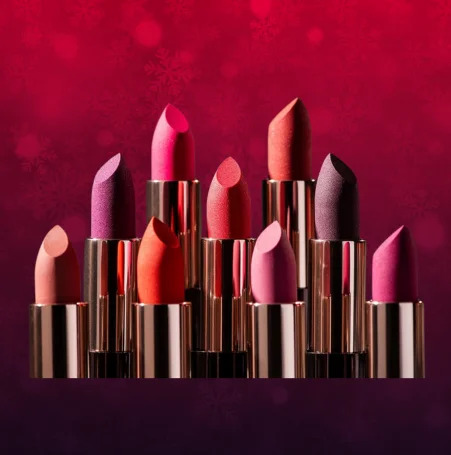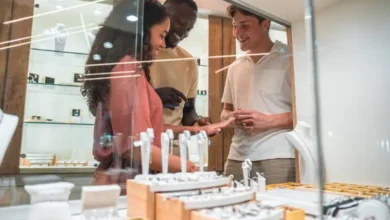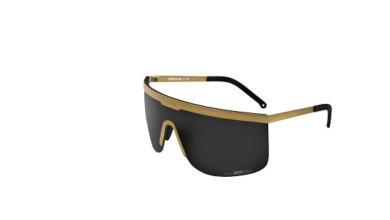What are considered cosmetics?

Cosmetics have been a part of human culture for centuries, used to enhance beauty, express individuality, and even to protect the skin. From ancient Egyptian eyeliner to modern-day eyeshadow palettes, cosmetics have evolved significantly. But what exactly are cosmetics? Let’s dive in.
Why Choose Cosmetics?
There are countless reasons why people choose to use cosmetics. Some use them to boost their confidence, while others enjoy the creative process of applying makeup.
For many, cosmetics are a form of self-expression, allowing them to showcase their unique style. Additionally, cosmetics can be used to address specific skin concerns, such as acne, wrinkles, or hyperpigmentation.
Types of Cosmetics
The world of cosmetics is vast and diverse, with countless products available to suit different needs and preferences. Here are some common types of cosmetics:
Face: Foundation, concealer, powder, blush, bronzer, highlighter, contour, and lipstick.
Eyes: Eyeshadow, eyeliner, mascara, and false eyelashes.
Nails: Nail polish, nail polish remover, and nail treatments.
Skincare: Moisturizers, cleansers, serums, sunscreens, and exfoliants.
Fragrances: Perfumes, colognes, and body mists.
Hair: Hair dyes, shampoos, conditioners, styling products, and hair accessories.
Benefits of Using Cosmetics
Using cosmetics can offer several benefits, including:
Enhanced appearance: Cosmetics can help to improve your overall appearance by minimizing imperfections and highlighting your features.
Boosted confidence: Feeling good about your appearance can boost your self-esteem and confidence.
Self-expression: Cosmetics can be a powerful tool for self-expression, allowing you to showcase your unique personality and style.
Skincare benefits: Many cosmetics, especially those designed for skincare, can help to improve the health and appearance of your skin
Steps to Apply Cosmetics
The specific steps involved in applying cosmetics will vary depending on the products you choose and your desired look. However, here are some general guidelines:
Prep your skin: Start by cleansing and moisturizing your skin to create a smooth base for your makeup.
Apply primer: Primer can help to smooth your skin and make your makeup last longer.
Apply foundation and concealer: Use foundation to even out your skin tone and concealer to cover blemishes.
Set your makeup: Use a setting powder to help your makeup stay in place throughout the day
Apply eye makeup: Apply eyeshadow, eyeliner, and mascara as desired.
Apply blush and bronzer: Add color to your cheeks with blush and bronzer.
Apply lipstick or lip gloss: Complete your look with your favorite lip color.
Conclusion
Cosmetics offer a wide range of benefits and can be a fun and creative way to enhance your appearance. Whether you’re a makeup novice or a seasoned pro, there’s a cosmetic product out there to suit your needs and preferences. By understanding the different types of cosmetics and the steps involved in applying them, you can create stunning looks that reflect your unique style.
FAQs
Are cosmetics safe to use?
Most cosmetics are safe when used as directed. However, it’s important to choose products that are free from harmful ingredients.
How often should I apply cosmetics?
The frequency of your cosmetic use will depend on your personal preferences and lifestyle. Some people wear makeup every day, while others only apply it on special occasions.
Can cosmetics cause skin problems?
In some cases, using cosmetics can lead to skin problems such as acne or allergic reactions.
If you experience any adverse effects, it’s important to discontinue use and consult with a dermatologist.
What is the best way to remove makeup?
Use a gentle cleanser and warm water to remove your makeup at the end of the day. Avoid rubbing your skin too harshly.
Are there natural alternatives to traditional cosmetics?
Yes, there are many natural and organic cosmetics available. These products are often made with plant-based ingredients and may be less irritating to the skin.





